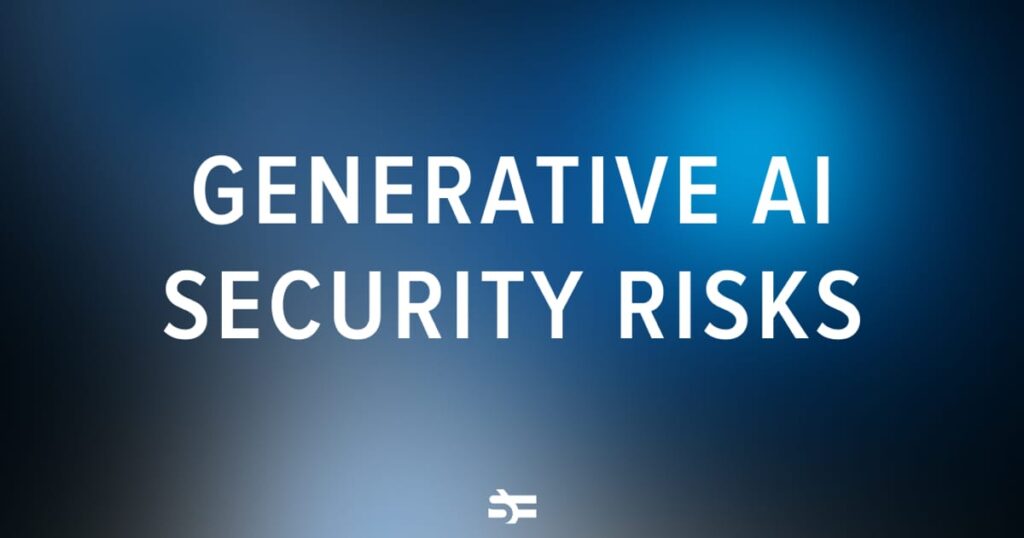Generative artificial intelligence has revolutionized numerous industries, including content creation, healthcare, and fintech. However, its widespread adoption has also brought about challenges for cybersecurity at both individual and corporate levels. According to the McKinsey Global Survey on AI, 40 percent of organizations are planning to increase their AI investment due to advancements in generative AI, with 53 percent recognizing cybersecurity as a related risk.
In this post, we delve into why generative AI is viewed as a cybersecurity threat and explore ways to mitigate security risks. Generative AI (GenAI) utilizes technologies like generative adversarial neural networks (GANs) to create new textual, visual, and video content, presenting both positive and negative implications for cybersecurity.
On the negative side, GenAI can be exploited for cyberattacks and fraud through sophisticated malware creation, social engineering tactics, detection evasion, and the generation of deepfakes. However, cybersecurity professionals can leverage GenAI for red teaming exercises, vulnerability detection, and anomaly detection to enhance organizational security measures.
The key challenge is to anticipate and adapt to evolving AI-driven cyber threats. The top GenAI cybersecurity threats for organizations include data loss, IP leaks, data training vulnerabilities, risks associated with synthetic data, and the potential for social engineering attacks. It is crucial to implement security measures such as VPN usage, WebRTC disabling, and data sanitization to prevent IP leakage and protect sensitive information.
In conclusion, while generative AI poses cybersecurity risks, it also offers opportunities for strengthening security defenses. By understanding both the negative and positive aspects of generative AI, cybersecurity professionals can effectively navigate the evolving landscape of AI-driven cyber threats. If you want to delve deeper into AI and cybersecurity topics, explore our recommended resources for further learning.


